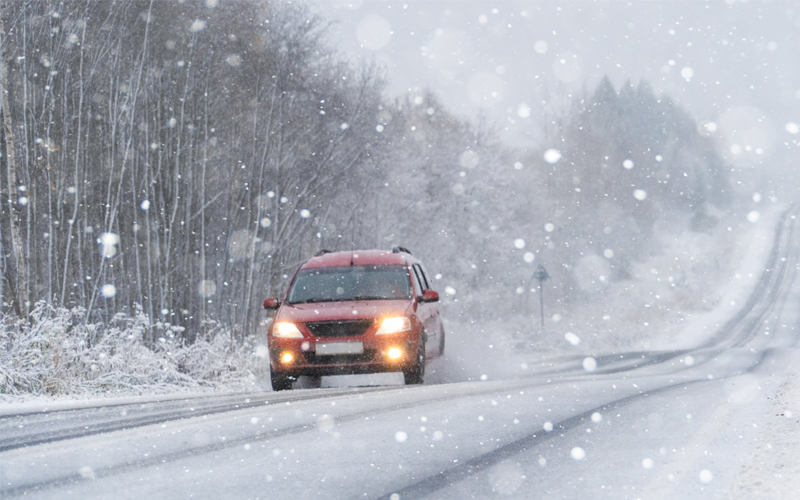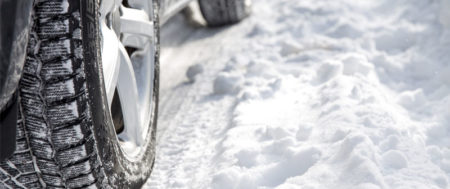Oklahoma is known for its extreme weather — both hot and cold. With winter just around the corner, now is the perfect time to winterize your car. Let’s take a look at everything you can do to prepare both the exterior and interior of your vehicle for the winter.
Exterior Winterization
When you first think “winterization,” you might be thinking “under the hood.” Engine care is essential for winter (more on this later), but there are several steps you can take to ensure that the exterior of your vehicle is best suited for the cold weather and everything that goes along with it.
Wiper Blades
Few things are as important while driving as visibility. If you’ve ever been driving in the snow and your windshield streaks every time the wipers attempt to clear it off, you’ll know how important a fresh set up wiper blades is to successful winter driving. If they’re screeching or skidding, replace them. Wiper blades are relatively inexpensive and easy to replace, so, unless you’ve just replaced yours, it’s probably good practice to go ahead and replace them now. You don’t want to have to replace them while standing knee-deep in snow. Don’t forget to refill your wiper fluid, while you’re at it.
Give It a Wash
A good rule of thumb is to always keep your car clean as best as you can. Obviously, you can’t get your car washed during a thunderstorm or snow storm, but you should get it washed as soon as possible right after. In winter, the salt used to melt icy roads can dull your paint job and even lead to rust.
Check Your Tires
You don’t want to be sliding around on the ice and snow with low tire pressure. As the temperature drops, make sure that all four tires stay properly inflated.
Consider Snow Tires
If roads are bad in Oklahoma, they don’t usually stay too bad for too long (of course, you never know with how unpredictable the weather is here). Snow tires may be unnecessary. But, if you’re traveling for the holidays — especially if you’re headed up north where it can stay snowy for months — having a set of snow tires may come in handy.
Engine Winterization
Under-the-hood winterization is absolutely essential. Nobody wants a break down during bad, cold weather. Checking a few key areas can help protect against any problems as things cool off.
Car Battery
Check the battery for signs of wear or weakness. This is especially important for batteries that are five years old or more. If it’s time to replace your battery, don’t put it off.
Engine Oil
Your vehicle should be getting oil changes every three months or 3,000 miles, year round. When you schedule your next oil change, ask your mechanic to also check your vehicle’s radiator and heater hoses.
Antifreeze
Antifreeze keeps your engine from freezing during cold temperatures. Check your level and make sure you don’t have any leaks. If you need to add more or replace antifreeze, most mechanics recommend a 50/50 mix of water and coolant in the radiator, which will give the engine a lower freezing point than if you had just used coolant alone. Make sure the antifreeze is clean, and it should be replaced every two years.
Interior Winterization
If your vehicle has heated seats, great! If not, you might want to warm it up before you start driving. Other than that, you want to make sure you have a winter kit.
Winter Kit
It never hurts to be prepared. Get a basic winter kit for your car as well as a survival kit. The winter kit should include an ice scraper and some de-icer spray. Your emergency kit should include jumper cables, a flashlight, blanket, cell phone charger, and a first aid kit.





![The Importance of Preventative Maintenance [video]](https://www.integrityautofinance.com/wp-content/uploads/2022/05/importance-regular-maintenance-2022-450x189.jpg)





